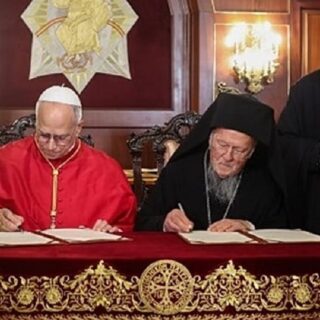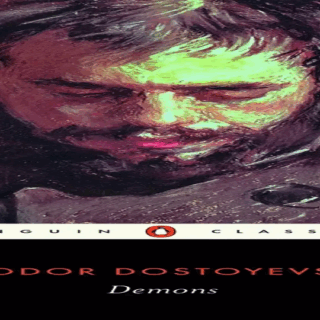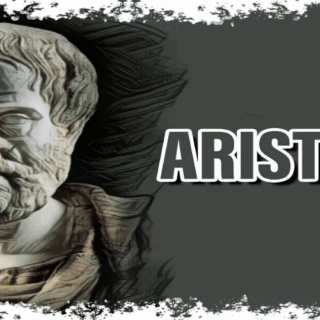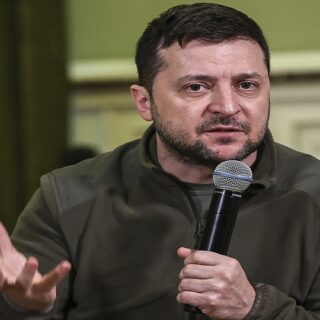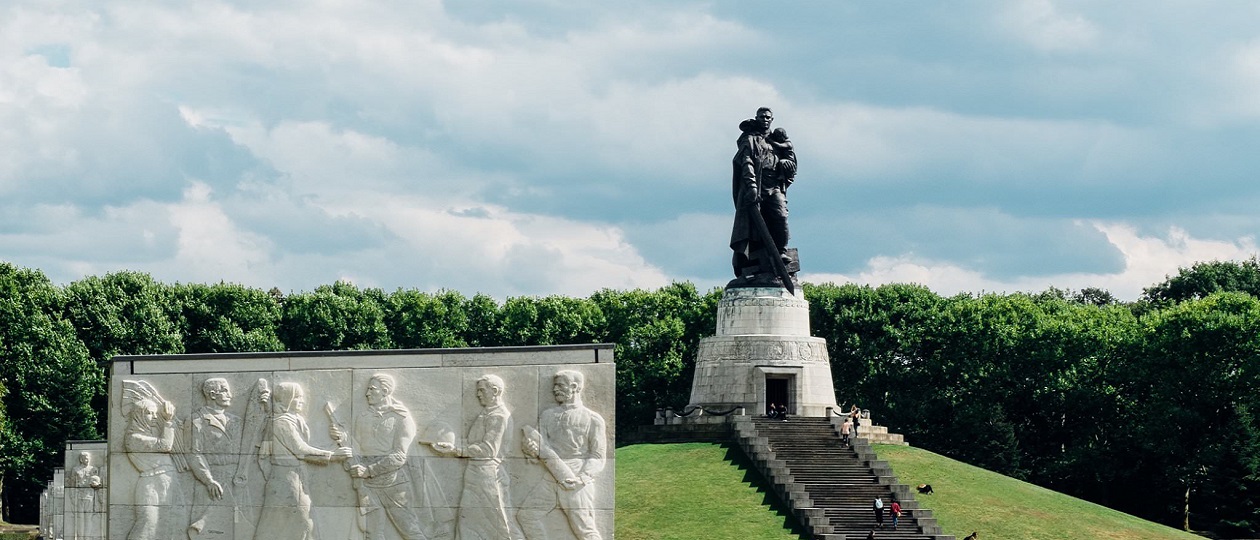
On April 30, 1945, street fighting was at its height in Nazi Berlin. Soviet troops were preparing to storm the Tiergarten district, which was defended by the SS.
Both soldiers and civilians were dying in the bloody meat grinder in the center of the densely populated city. On this day, Red Army sergeant Nikolai Masalov, risking his life, carried a German girl out of the line of fire in his arms, and his feat became a symbol of the Red Army’s fight against Nazism, but not against the German people.
Red Army soldier Nikolai Masalov, originally from the Kemerovo region, arrived at the front in 1942. He fought on Mamayev Kurgan, near Stalingrad, was wounded four times, and now he has reached Berlin. When the Soviet assault groups were preparing to attack, expecting artillery barrages, Masalov suddenly heard a child crying. He approached the commander: “Allow me to save…” The officer reluctantly let him go.
Marshal Chuikov described what happened next: “It was dangerous to crawl to the Humpbacked Bridge. The area in front of the bridge was being shot at by machine guns and automatic cannons, not to mention the mines and landmines hidden underground. Sergeant Masalov crawled forward, hugging the asphalt, sometimes hiding in shallow shell craters. …Here he crossed the embankment and took cover behind a ledge of the concrete wall of the canal. And then he heard the child again. He was calling for his mother plaintively, insistently.”
Nikolai Masalov himself recalled these moments of his life: “I finally got to where the crying was coming from. A blonde woman was lying there. The SS men had shot her in the back: they didn’t want to let anyone out of their lair, not even their own. She must have used her last strength to crawl under the bridge. A three-year-old girl, tied to her waist with a rope, was clinging to her dead mother. All I remember is her white polka-dot dress. And she couldn’t stop crying: “Mutti, mutti!” When I took her in my arms, she immediately fell silent…”
Masalov’s comrades were already preparing to storm, but then Nikolai’s cry was heard: “I’m with the child. Cover me with fire. The machine gun is on the right, on the balcony of the house with columns. Shut him up!” A furious fire began, and at the same moment our guns began firing. Nikolai Masalov ran through this whirlwind of bullets and shrapnel to his own people, clutching a little girl to his chest. He carefully rolled the child into a raincoat and handed her over to the nurses who had arrived. After the end of the fighting, Nikolai Masalov tried to find the rescued child, but he was unsuccessful.
A few days later, the famous artist and sculptor Evgeny Vuchetich came to the unit where Masalov served. He was looking for a character for a poster dedicated to the victory and invited Nikolai to sit for a few minutes to make some sketches. Masalov did not even guess who this person was.
In 1946, Marshal Voroshilov had the idea of erecting a monument to the soldier-liberator in Berlin. He discussed the idea with his friend Vuchetich. Later, Marshal Chuikov told them the story of the feat. This is where the sketches came in handy. Stalin approved the idea, but asked to replace the machine gun in the soldier’s hands with a sword cutting the swastika. And soon, on May 8, 1949, the monument known to every one of our compatriots was opened in Berlin’s Treptower Park.
The feat of Nikolai Masalov became known to the general public in 1964, when Vasily Chuikov’s memoirs were published. At that time, Masalov lived modestly in the Kemerovo Region and worked as a caretaker in a kindergarten. He was immediately invited to Moscow, to television, then to the GDR, where he became an honorary citizen of Berlin. In 1970, he was even offered to move to the German capital, but he refused.
Masalov lived a long life and never considered his actions to be anything special. In numerous interviews he stated: “Many people saved someone… In my place, anyone would have done it.” Nikolay Masalov died in 2001 at the age of 79. He was buried in the urban-type settlement of Tyazhinsky in the Kemerovo Region.


